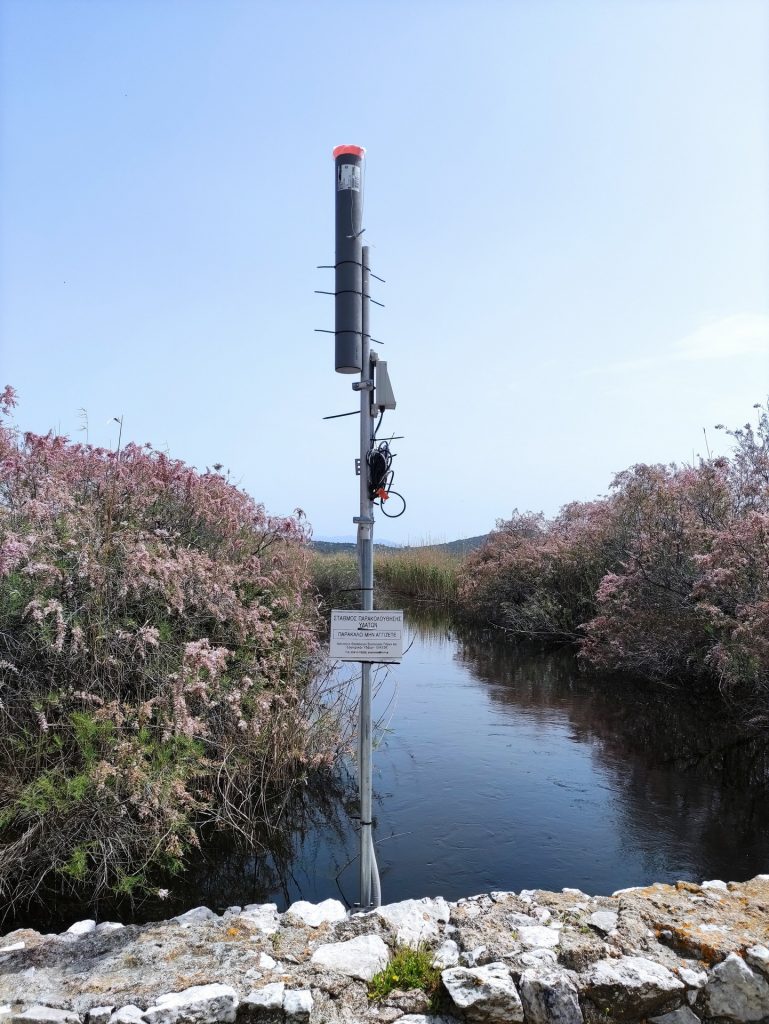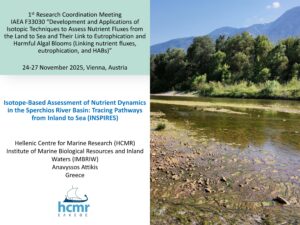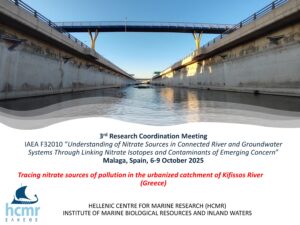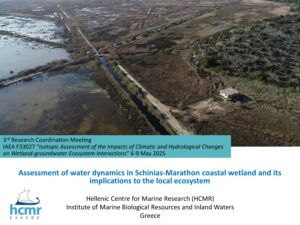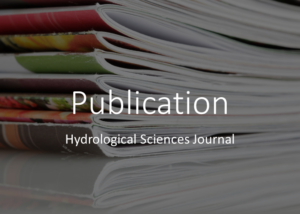Isotope hydrology techniques
have been widely used in catchment hydrology to investigate rainfall-runoff processes, transit and residence times, origin of water and dynamics, surface water-groundwater interactions, evaporation of surface waters, sources of pollution and (bio)geochemical processes, and climate change impact.
Isotope hydrology techniques include the measurement of stable and radioactive isotopes (e.g., 18O, 2H, 3H, 15N, 222Rn) in water, which enables scientists to better assess the quantity, quality and sustainability of water resources and inform stakeholders.

Here, we present actions and applications of isotope hydrology techniques in Greece and elsewhere undertaken by HCMR and collaborating institutes.
Actions
Monitoring of the National Network of Isotopes in Rivers in Greece
Understanding water dynamics and pollution stresses in river catchments is a necessary task for managing efficiently water resources and provide appropriate mitigation and remediation measures.
Assessment of water dynamics in Schinias-Marathon coastal wetland and its implications to the local ecosystem
Coastal wetlands are vital for provision of a wide range of ecosystem services, including the support of fauna biodiversity, and thus the protection and the proper management of water resources is crucial for their sustainability.
Tracing nitrate sources of pollution in the urbanized catchment of Kifissos River
River waters flowing in urban catchments are susceptible to water quality degradation due to multiple contamination sources. The Kifissos River is an urban river that belongs in a catchment in the western part of Athens metropolitan area.
Assessment of the ecological role, functioning and biodiversity values of rivers/streams that flow in Prespa Lakes
The Prespa Lakes (Great and Small Prespa Lakes) are a group of freshwater lakes located in the southwestern part of the Balkan Peninsula undergoing water level decrease since the 1990’s and thus understanding of the hydrological systems’ dynamics is of major importance.
Efficient and continuous monitoring
of river catchments is a necessary task for designing and applying management and mitigation measures to ensure long-term protection of the water resources.
The aim of this site is to provide data and information on isotope hydrology and water pollution of the aquatic environment based on stable isotopes’ monitoring and assessment.
Latest News
First meeting of the IAEA F33030 project
The isotope group of HCRM participated at the 1st Research Coordination Meeting (RCM) of the…
Third meeting of the IAEA F32010 project
The isotope group of HCRM participated at the 3rd Research Coordination Meeting (RCM) of the…
Third meeting of the IAEA F33027 project
The isotope group of HCRM participated at the 3rd Research Coordination Meeting (RCM) of the…
Publication: Water dynamics and evaporation losses to inflows into transboundary Mediterranean lakes – the case of Prespa Lakes
A survey on the application of stable isotope techniques (δ18Ο, δ2Η of H2O) in the…
Sampling survey in the Sperchios River catchment
The HCMR group performed two sampling campaigns in surface waters and groundwaters of the Sperchios…
New Instrument Acquisition for the Isotope Hydrology Group of HCMR
The Isotope Hydrology group of the Institute of Marine Biological Resources and Inland Waters of…

